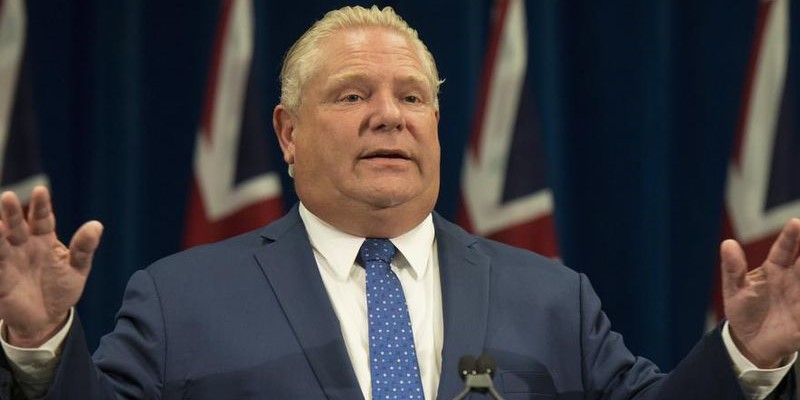Ontario government should learn from B.C.’s debt bomb

The Ford government will table its next budget March 23. Hopefully, policymakers at Queen’s Park have paid attention to the situation in British Columbia, which provides a cautionary tale about how a free spending approach can quickly lead to rapid debt growth and negative outcomes for taxpayers.
Let’s first consider a similarity between the two provinces. In their 2021 budgets, both provincial governments forecasted significant budget deficits for 2021/22. However, in both cases, unexpected revenue surges created surprise surpluses. B.C. went on to record another operating surplus in 2022/23 while Ontario is on track to significantly reduce its 2022/23 deficit from previous expectations. Both provinces therefore approached the 2023/24 budget season in better shape than expected.
In its recently tabled 2023/24 budget, the B.C. government essentially squandered its good fortune and made no efforts to reform and reduce provincial spending, leaving expenditures near their all-time high.
As a result, B.C. now finds itself right where it was last year, forecasting a big deficit and rapid run-up in debt. In fact, B.C. plans to see its net debt load increase by nearly $40 billion over just three years (from 2022/23 to 2025/26).
There are important parallels for Ontario to consider. As is the case in B.C., spending in Ontario is currently near its all-time high. The Ford government is currently spending more money (per-person inflation-adjusted) each year than the Wynne government ever did, and more than the McGuinty government in any year except for 2010.
Again, like B.C., in the 2021/22 and 2022/23 fiscal years, despite this high spending level Ontario was largely saved from large deficits by an unexpected revenue windfall. It would be a mistake to count on another. Instead, if Ontario continues on its path of near record-setting and ever-growing spending, deficits are almost certain to continue as they have in B.C., and debt will continue to pile up.
One important difference, however, between the two provinces, which makes the need for spending discipline even more important in Ontario, is that B.C.’s new debt binge is occurring from a starting position of relative fiscal strength. From 1999 to 2016, B.C. governments led the province through a sustained period of fiscal prudence when spending growth was minimal and the debt burden shrank (relative to the size of the economy).
During that same period of spending discipline in B.C., Ontario saw rapid spending growth under premiers Eves and McGuinty, followed by a refusal to bring spending back down to the 2008 pre-recession level under premiers Wynne and now Ford. As a result, Ontario is now carrying nearly $400 billion worth of debt, and its debt burden continues to hover near its all-time high (relative to the size of its economy).
In short, a big-spending deficit budget in Ontario would be even more problematic than the one recently tabled in B.C. because Ontario already carries so much debt. Addressing Ontario’s debt challenge was one of Premier Ford’s most important promises to Ontarians when he first came into office. He’s yet to make good on this promise. This year’s budget presents yet another opportunity to do so.

